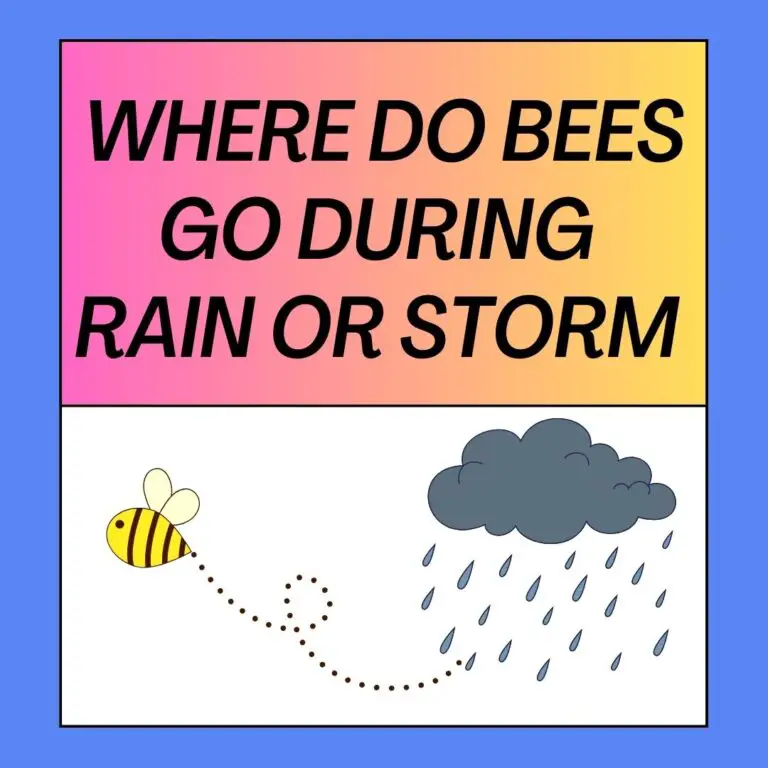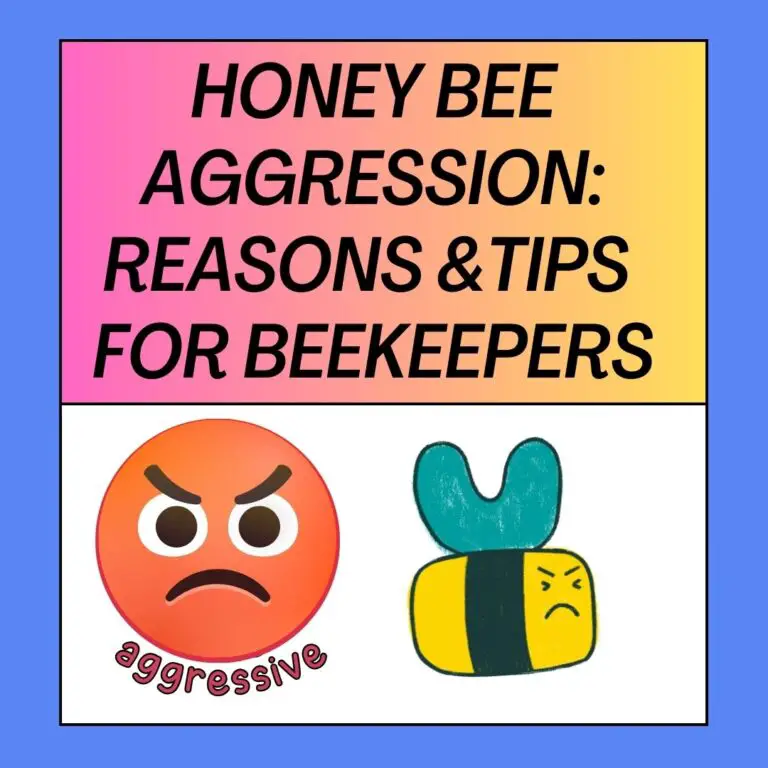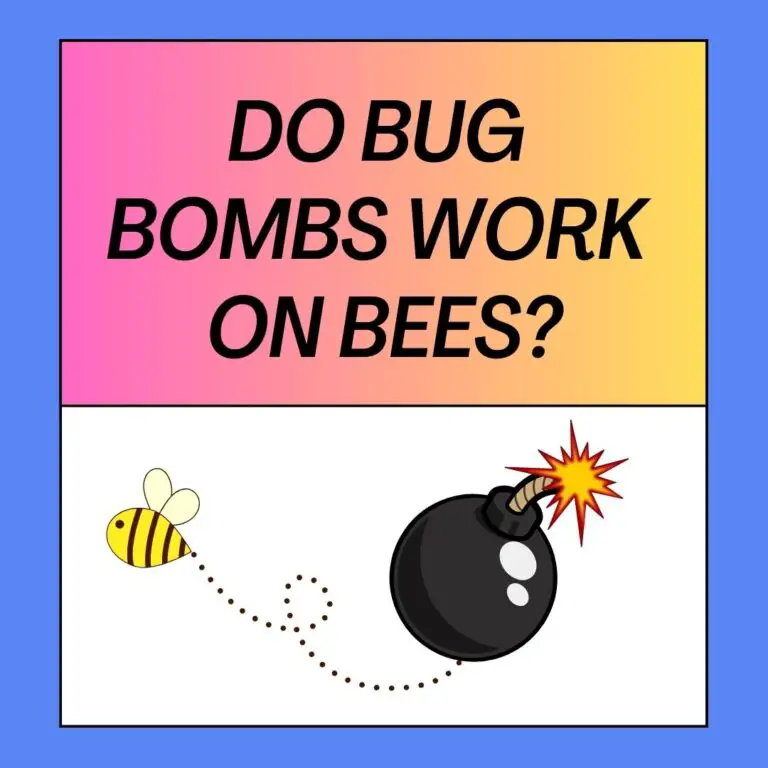
Bees are incredible insects that play a crucial role in pollination and the ecosystem’s health. While honeybees and bumblebees often steal the spotlight, there is a diverse and fascinating group of bees known as ground-nesting bees. These solitary bees have evolved unique nesting strategies, digging tunnels in the soil to create their homes. In this comprehensive guide, we will explore various types of ground-nesting bees, their behaviors, habitats, and the vital roles they play in sustaining biodiversity.
Bees are more than just honey-makers; they are essential contributors to the ecological balance of our planet. While some bees are famous for their intricate hives and colonies, there is an equally diverse and fascinating group of solitary bees known as ground-nesting bees. These bees have perfected the art of creating nests in the soil, each species with its unique characteristics, behaviors, and vital roles in pollination.
The Fascinating World of Ground-Nesting Bees
Ground-nesting bees belong to various families and genera, each adapted to specific environments and ecosystems. Unlike social bees that live in colonies, these solitary bees have evolved to be self-sufficient and efficient pollinators. Their nesting behaviors and habitat preferences vary, making them a fascinating group to study and admire.
Andrena Bees: Masters of Mining
Characteristics of Andrena Bees
Andrena bees, commonly known as mining bees, are one of the most abundant groups of ground-nesting bees. With over 4,000 species worldwide, they are known for their dense, hairy bodies and vibrant colors, ranging from shades of black, brown, and gray to more striking hues.
Habitat and Behavior
Andrena bees can be found in diverse habitats, including woodlands, grasslands, gardens, and urban areas. They are solitary bees and do not form colonies, though they may nest close to one another.
These bees are efficient pollinators, relying on a diet of nectar and pollen. They play a vital role in sustaining wildflowers and crops by transferring pollen from one flower to another.
Importance in Pollination
Andrena bees have co-evolved with certain plant species, becoming specialized pollinators for these flowers. Their unique relationship with certain plants ensures the plants’ successful reproduction, and in turn, the bees benefit from the nectar and pollen as food sources.

Halictid Bees: The Colorful Sweat Bees
Traits of Halictid Bees
Halictid bees, commonly known as sweat bees, are named for their attraction to human sweat. They are one of the most diverse groups of bees, with thousands of species worldwide. These small to medium-sized bees exhibit striking colors and often have metallic hues on their bodies.
Nesting Habits and Environments
Halictid bees are commonly found in gardens, meadows, and other sunny landscapes. They prefer nesting in well-drained soils and may construct their nests in sandy areas, grassy patches, or even cracks in pavement.
Sweat bees are solitary bees, but some species are known to aggregate and nest close to one another. They display a wide range of nesting behaviors, with some building individual burrows while others creating communal nests.
Contribution to Pollination
Sweat bees are efficient and versatile pollinators, visiting a wide range of flowering plants. Their attraction to human sweat and willingness to visit various flowers make them valuable contributors to both natural ecosystems and agricultural settings.
Colletid Bees: Waterproof Nest Builders
Colletid Bee Features
Colletid bees are a diverse group of ground-nesting bees known for their unique nesting behavior. Unlike many other bees, they use a waterproof secretion to line their brood cells. This lining serves to protect their offspring from water intrusion.
Unique Nesting Behavior
Colletid bees are fascinating in their nesting habits. The female bee digs a tunnel in the ground, creating individual brood cells along the way. Once a cell is ready, she secretes a waterproof substance to coat the cell walls, ensuring that moisture will not damage the developing larva.
Pollination Significance
Colletid bees are efficient pollinators, contributing to the reproduction of various plants, including many native wildflowers. Their specialized behavior and pollination efforts make them vital contributors to plant biodiversity.
Mason Bees: Expert Pollinators and Masons
Overview of Mason Bees
Mason bees, also known as blue orchard bees, are another group of ground-nesting bees famous for their role as pollinators. They are medium-sized bees with a robust and fuzzy appearance.
Nesting Techniques
Mason bees use mud or other materials to construct their nests. They are often referred to as mason bees due to their behavior of using mud to seal the cells that house their offspring.
These bees create individual brood cells in existing cavities such as hollow reeds, woodpecker holes, or other similar openings. They then stock each cell with a mixture of pollen and nectar before laying an egg inside.
Crucial Role in Pollination
Mason bees are exceptional pollinators, capable of visiting a large number of flowers in a short period. Their behavior of collecting pollen and nectar and transporting it to other flowers ensures successful fertilization, benefiting various plant species.
The Role of Ground-Nesting Bees in Ecosystems
Importance in Biodiversity
Ground-nesting bees, collectively, contribute to the biodiversity of ecosystems worldwide. By pollinating various plant species, they help maintain healthy plant populations, which, in turn, support other wildlife and create a balanced ecosystem.
Contributions to Food Production
Ground-nesting bees play a significant role in agricultural settings by pollinating crops that humans rely on for food. Their efficient pollination services contribute to higher yields and better-quality produce.
Conservation and Protection
Conserving ground-nesting bees is essential to maintaining ecological balance and preserving the genetic diversity of plant populations. Protecting their habitats and promoting pollinator-friendly practices are crucial steps to ensuring their survival.
Creating Bee-Friendly Habitats
Enhancing Garden Spaces
Creating bee-friendly spaces in gardens and green areas can help support ground-nesting bees. Planting a variety of flowering plants that provide nectar and pollen throughout the growing season will attract and nourish these essential pollinators.
Bee Hotels and Nesting Sites
In addition to providing a diverse selection of flowering plants, offering nesting opportunities is crucial. Bee hotels, which consist of tubes or drilled wood blocks, mimic natural nesting sites and attract solitary bees, including ground-nesting species.
Selecting Pollinator-Friendly Plants
When choosing plants for gardens or landscapes, prioritize native species and those that offer abundant nectar and pollen. Avoid using pesticides and herbicides that can harm bees and other beneficial insects.
The Diversity of Ground-Nesting Bee Species
Green-Eyed Flowered Bee (Melissodes)
Green-eyed flowered bees are native to the Americas and are known for their striking green eyes. They are efficient pollinators for a variety of wildflowers and contribute to maintaining plant diversity.
Fork-Tailed Flowered Bee (Anthophora)
Fork-tailed flowered bees are named for their forked or bifurcated tails. They are important pollinators for numerous plant species, with females collecting floral oils to provision their nests.
Mourning Bee (Macropis)
Mourning bees are fascinating solitary bees that have co-evolved with specific flowers, particularly yellow loosestrife. Females collect floral oils to nourish their offspring.
Square-Spotted Mourning Bee (Macropis Cuckoo Bee)
The square-spotted mourning bee is a cuckoo bee species that does not build its nests but instead lays its eggs in the nests of other bees, particularly the Macropis species.
Blue Carpenter Bee (Xylocopa)
Blue carpenter bees are large, striking bees with metallic blue or green coloration. They are efficient pollinators for many flowering plants and are known for their ability to bore into wood to create nests.
Violet Carpenter Bee (Xylocopa Violacea)
The violet carpenter bee is a beautiful species with a dark blue-black body and violet-colored wings. They are common in Southern Europe and North Africa.
Western Honey Bee (Apis Mellifera)
The Western honey bee is perhaps the most well-known and widely domesticated bee species. They play a crucial role in pollination, honey production, and maintaining the balance of agricultural ecosystems.
European Dark Bee (Apis Mellifera Mellifera)
The European dark bee is a subspecies of the Western honey bee known for its dark coloration. Historically important in beekeeping, it has faced challenges due to disease and hybridization.
Cryptic Bee (Epeolus)
Cryptic bees are a group of solitary bees known for their resemblance to wasps. They are often parasitic, laying their eggs in the nests of other bees.
Red-Tailed Bumblebee (Bombus Lapidarius)
The red-tailed bumblebee is a common bumblebee species with a distinctive red or orange-colored tail. They are efficient pollinators for a wide range of flowers.
Golden-Belted Bumblebee (Bombus Vosnesenskii)
Golden-belted bumblebees have a striking appearance with a yellow band across their abdomen. They are native to North America and are known for their pollination services.
Conclusion
Ground-nesting bees represent a diverse and ecologically important group of solitary pollinators. Their unique nesting strategies, habitat preferences, and pollination behaviors contribute significantly to the health and balance of ecosystems worldwide. Understanding and conserving these essential pollinators are crucial steps in protecting biodiversity, sustaining food production, and ensuring the continued health of our planet. By creating bee-friendly habitats and promoting pollinator-friendly practices, we can help support and preserve these vital creatures for future generations.
FAQs About Ground-Nesting Bees
- Are ground-nesting bees aggressive? Ground-nesting bees are generally non-aggressive and will only sting if provoked.
- How deep do ground-nesting bee tunnels go? The depth of ground-nesting bee tunnels varies by species but can range from a few centimeters to several inches.
- Do ground-nesting bees produce honey? Ground-nesting bees do not produce honey like honeybees. They store pollen and nectar as food for their offspring.
- Can ground-nesting bees sting? Yes, ground-nesting bees have stingers and can sting if they feel threatened.
- What can I do to support ground-nesting bees in urban areas? You can create bee-friendly spaces in urban areas by providing suitable nesting sites and planting pollinator-friendly flowers.






